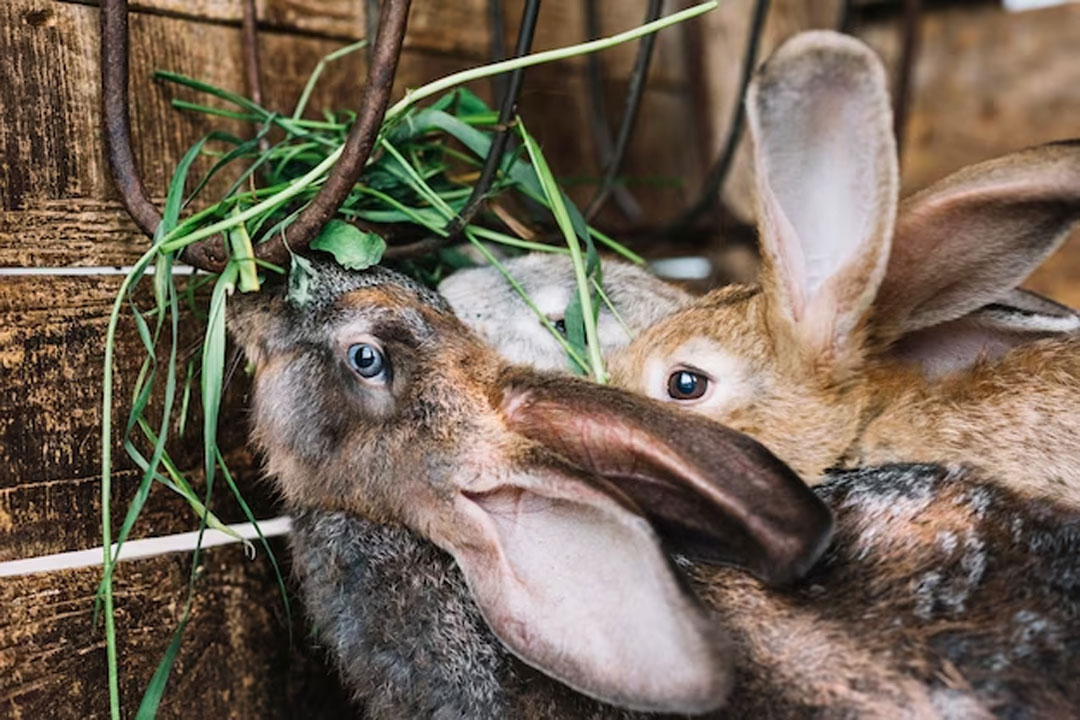
Rabbit farming is becoming increasingly popular in many African countries due to its low investment and high-profit potential. Rabbits are easy to breed, and their meat is high in protein and low in fat, making it a healthy meat option for consumers. This guide will provide African farmers with practical information on starting and managing a successful rabbit farming business.
- Understanding Rabbit Breeds:
The first step to successful rabbit farming is to understand the different breeds of rabbits available in the market. The commonly farmed breeds are New Zealand White, California White, and Chinchilla. These breeds are known for their high meat yields and fast growth rates.
- Building a Suitable Rabbit Habitat:
Rabbits need a clean, dry, and well-ventilated space to thrive. A rabbit hutch is the best housing option for rabbits. It should be built using wood, wire mesh, and other materials that provide adequate protection from predators. The hutch should be raised off the ground to prevent flooding and should have a proper drainage system.
- Feeding the Rabbits:
Rabbits are herbivores and require a diet that is high in fiber, protein, and minerals. They should be fed a combination of hay, fresh vegetables, and rabbit pellets. Freshwater should be provided at all times.
- Breeding and Reproduction:
Rabbits reach sexual maturity at three to six months, depending on the breed. Female rabbits (does) can produce up to 40 offspring per year, making it easy to scale up the business. Male rabbits (bucks) should be separated from does to prevent inbreeding.
- Disease Prevention and Management:
Diseases can quickly spread among rabbits if proper hygiene practices are not observed. The hutch should be cleaned regularly, and rabbits should be vaccinated against common diseases such as myxomatosis and rabbit hemorrhagic disease. Sick rabbits should be isolated and treated immediately to prevent the spread of diseases.
Scenarios:
In Kenya, a rabbit farming project called M-Farm has helped small-scale farmers to increase their income by providing training, access to veterinary services, and market linkages. The project has helped farmers to adopt best practices in rabbit farming, leading to increased production and income.
In Ghana, a social enterprise called Hopin Academy has trained over 1,000 farmers on rabbit farming, providing them with start-up kits and market linkages. The project has created a sustainable source of income for farmers and has contributed to the local economy.
In Nigeria, a farmer named Adeniyi Adeyemi started a rabbit farming business with just six rabbits. Today, he has over 500 rabbits and sells up to 300 rabbits per month, earning him over $2,000 in monthly income. He attributes his success to proper management practices, good record-keeping, and market research.
In conclusion, rabbit farming is a profitable venture that can be started with low investment and has high returns. By following the above guide and learning from practical examples, African farmers can start and manage successful rabbit farming businesses, contributing to food security and economic growth in their communities.


















